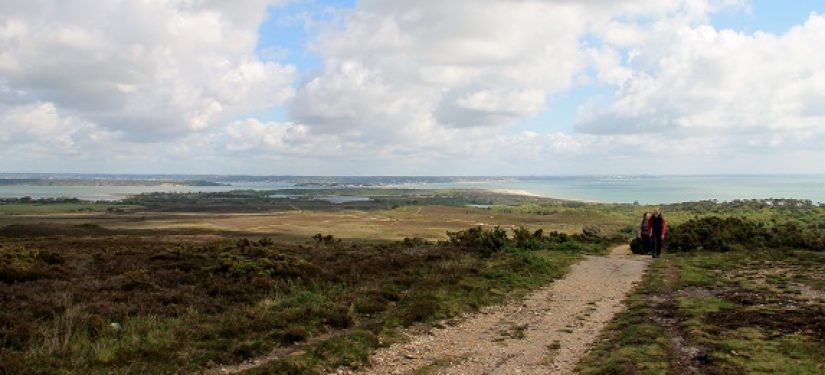Duke of Burgundy Butterfly Conservation Grazing Project
Conservation grazing project to enable long-term habitat management for a colony of rare Duke of Burgundy butterflies.

Conservation grazing project to enable long-term habitat management for a colony of rare Duke of Burgundy butterflies.

In 2020, a local expert discovered a large colony of Duke of Burgundy butterflies, on the lower slopes of a 25 hectare lowland calcareous grassland site in the upper reaches of the Piddle Valley. The higher slopes and the flat top of the hill are more fertile and not used by the butterfly but provide valuable grazing for this 578 hectare organic dairy farm throughout the grazing season. Grazing is needed to maintain the optimum habitat for the Duke of Burgundy, and another rare butterfly species also present on the site requiring urgent conservation action, the Marsh Fritillary. However, cattle access needs to be restricted during the spring and early summer as both butterfly species are very sensitive to grazing at these times of year because of their lifecycle.
This project provided an opportunity to secure better habitat management for these two butterfly species and support collaboration between an organic dairy Farmer, local volunteer monitoring and local conservation organisations.
This project delivered against the FiPL Nature theme and provided an excellent opportunity to secure sustainable, long-term management to benefit populations of two threatened butterfly species. Funds would enable existing habitat to be better managed and lead to an increase in biodiversity.
The FiPL grant provided the farmer with financial support towards the costs of 1000m of stock fencing across the slope, and the installation of two wooden field gates, so that cattle access could be restricted from the slope in the spring and summer, but they could access the whole site in the autumn. Fencing consisted of two strands of high tensile barbed wire and posts at 4m spacing with strainers as required – necessary at this site because of the difficulty of getting posts into the steep ground here, with shallow soils over chalk. The new fence had no economic benefit for the farmer, and so the grant was paid at the 100% intervention rate. The new fence does however enable the farmer to retain the more productive part of the field for year-round grazing and put cattle onto the banks only when beneficial to the butterflies’ habitat requirements.
Baseline butterfly surveys had been carried out in 2020 and 2021 by local volunteers, and the charity Butterfly Conservation had already prepared a grazing management plan for the site which the applicant will follow. Further annual butterfly surveys will measure the effectiveness of the site management.
In order to completely make sure the fence posts did not affect Scheduled Monuments on site, the fence line was in practice made 65m longer than originally planned (the farmer kindly bore these additional costs). Monitoring commitment beyond the length of the FiPL grant period will mean that the full impact of this small project can be measured and recorded.
“I was delighted to see a proper wire fence now along the top of the slope and a proper gate and pedestrian gate, so they will now have the ability to move the cattle securely to the upper slopes when needed.”

Grant funding